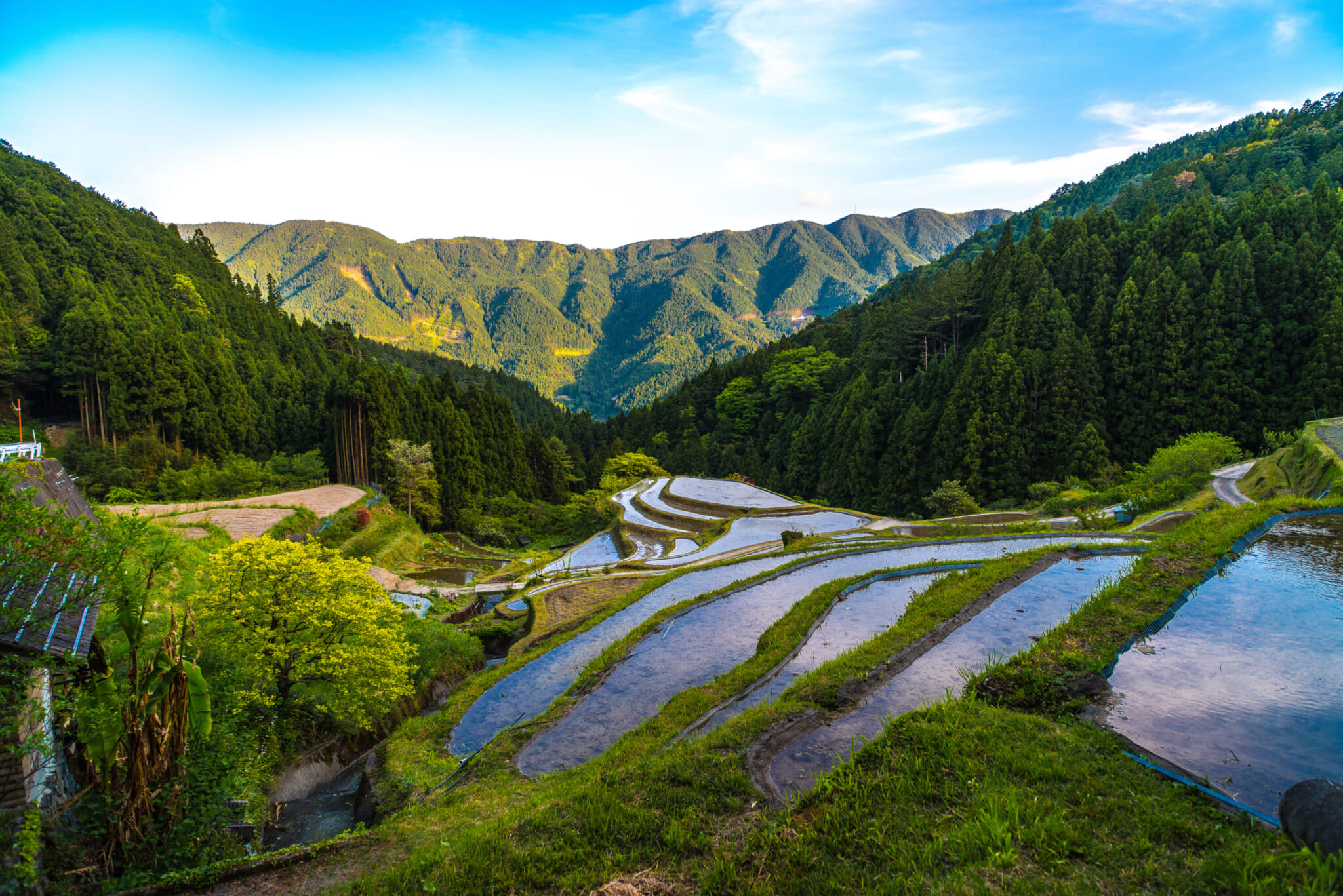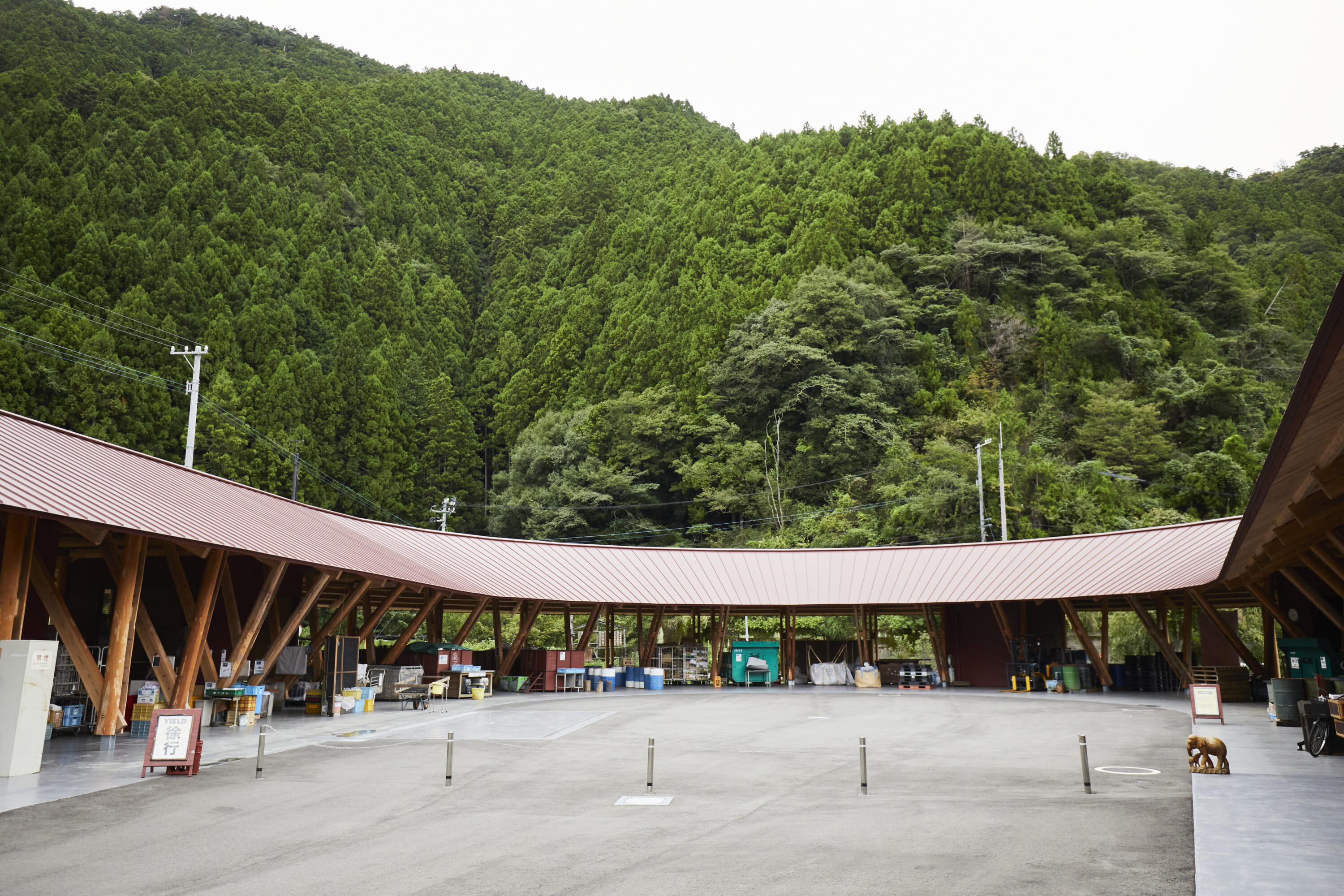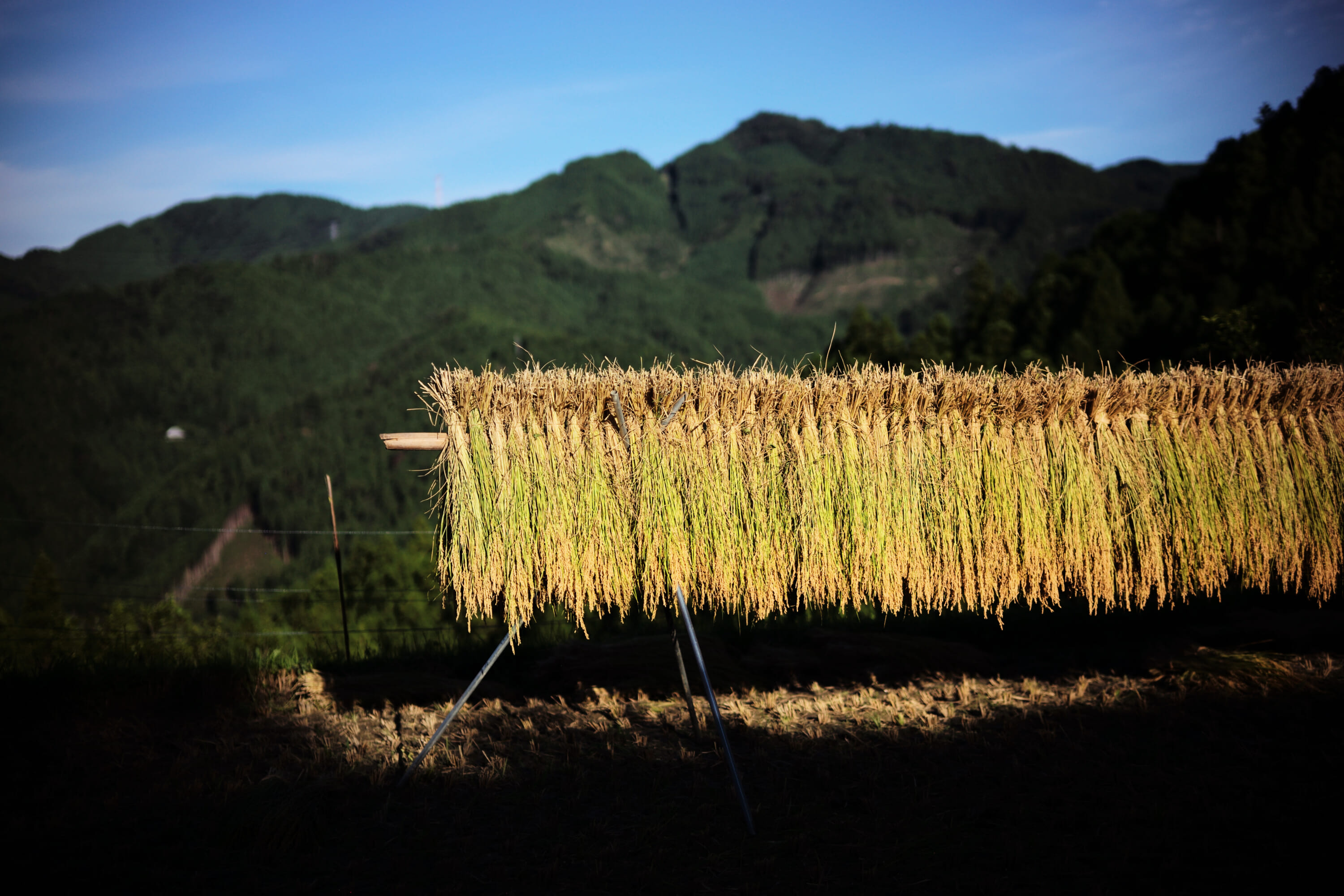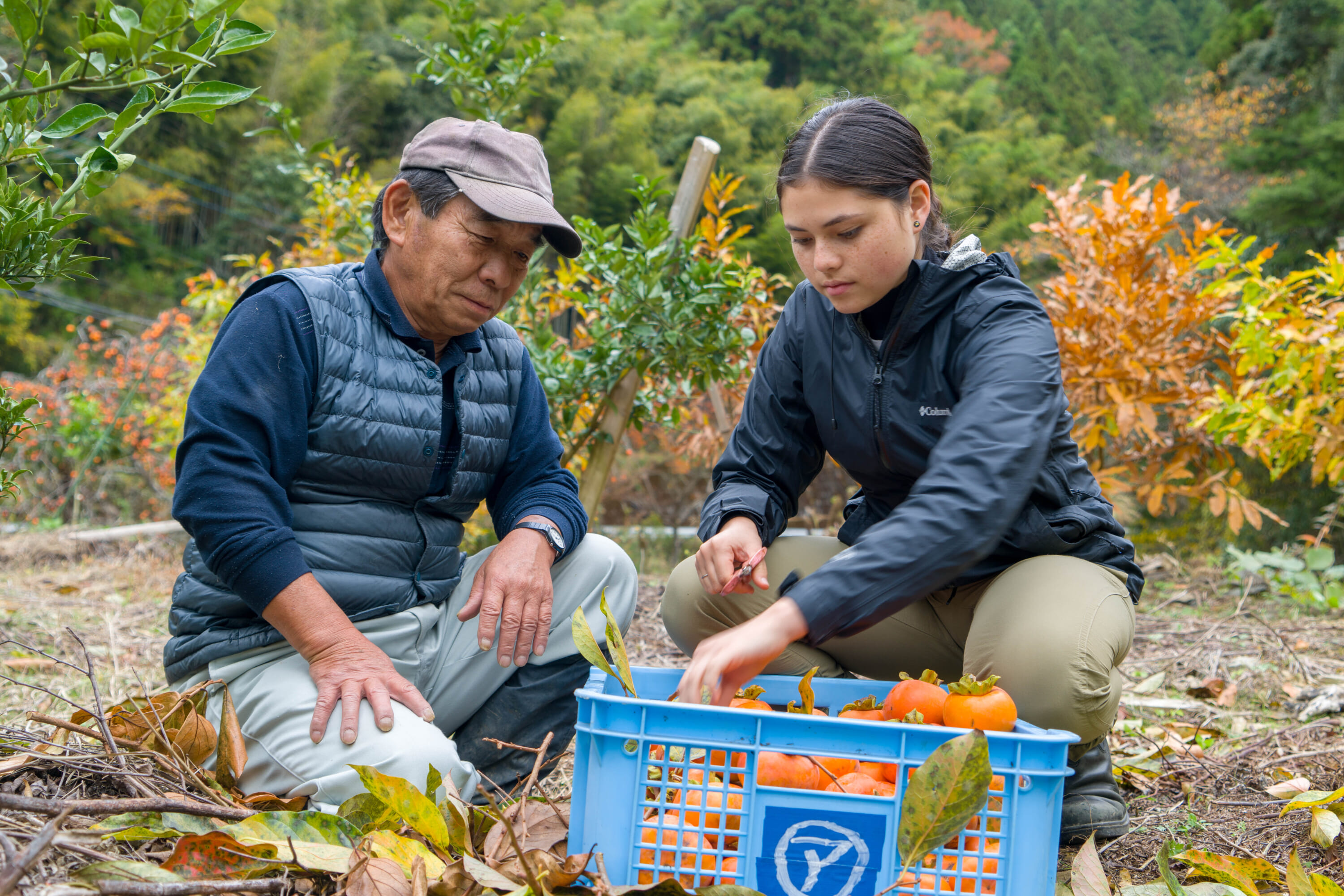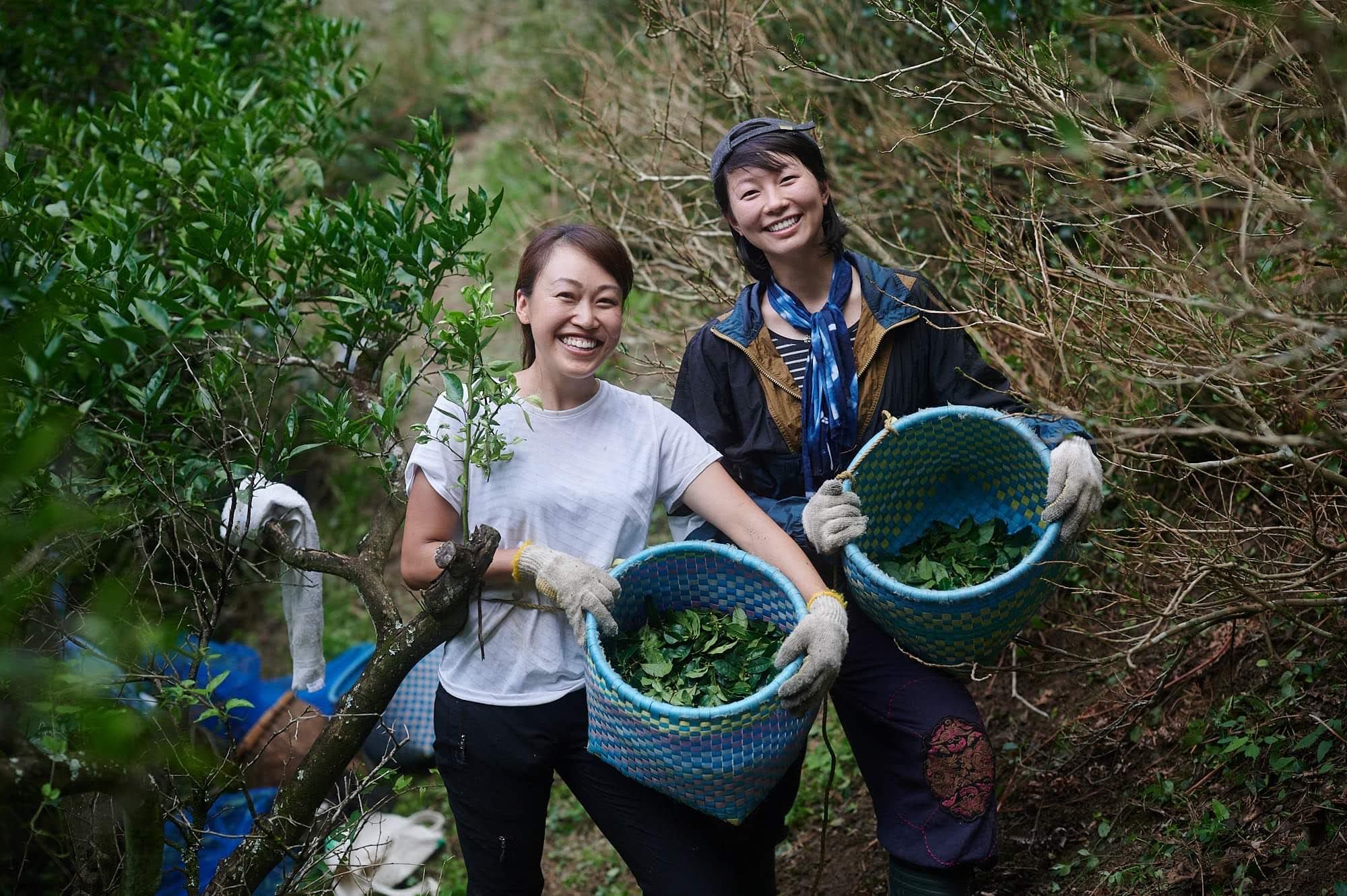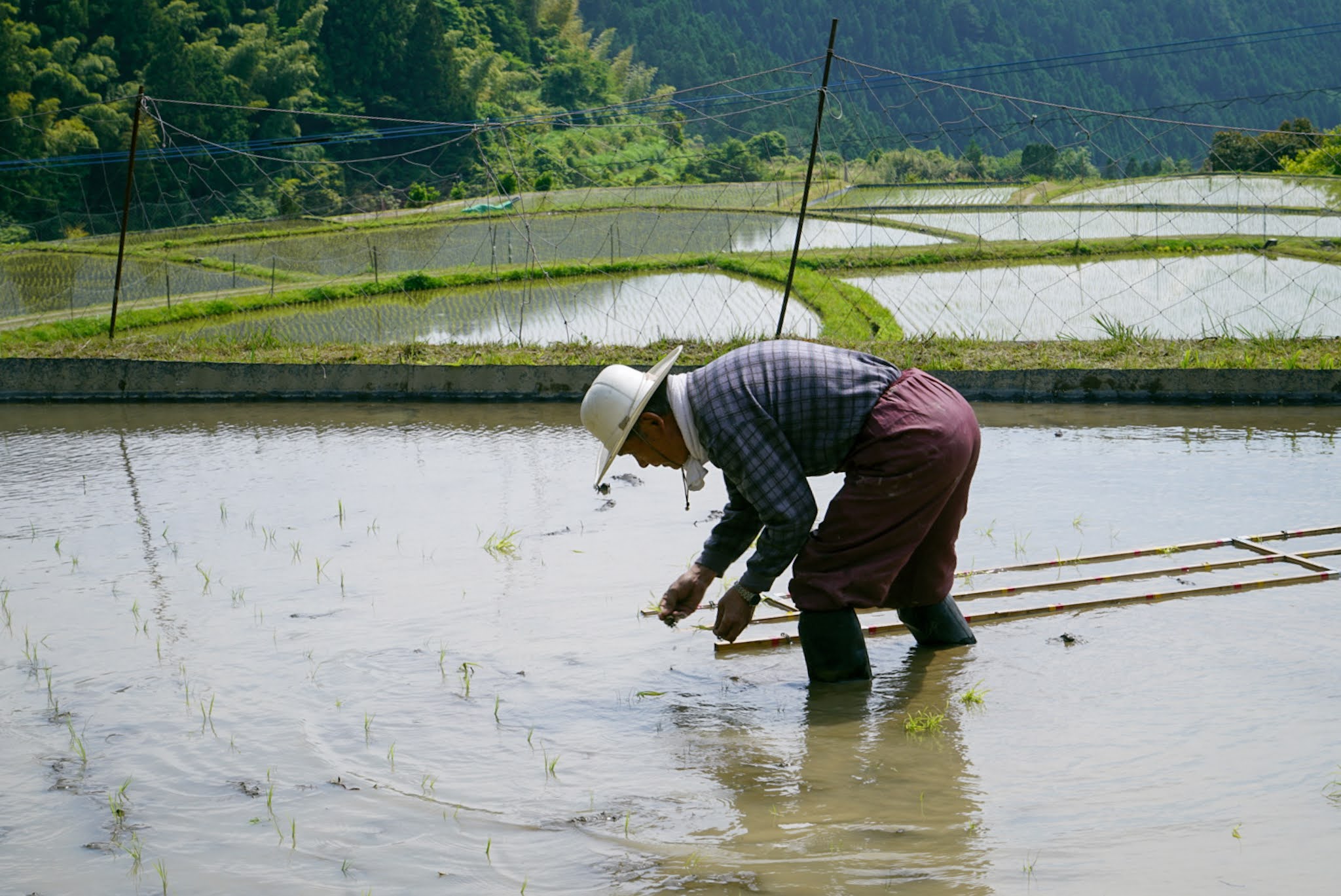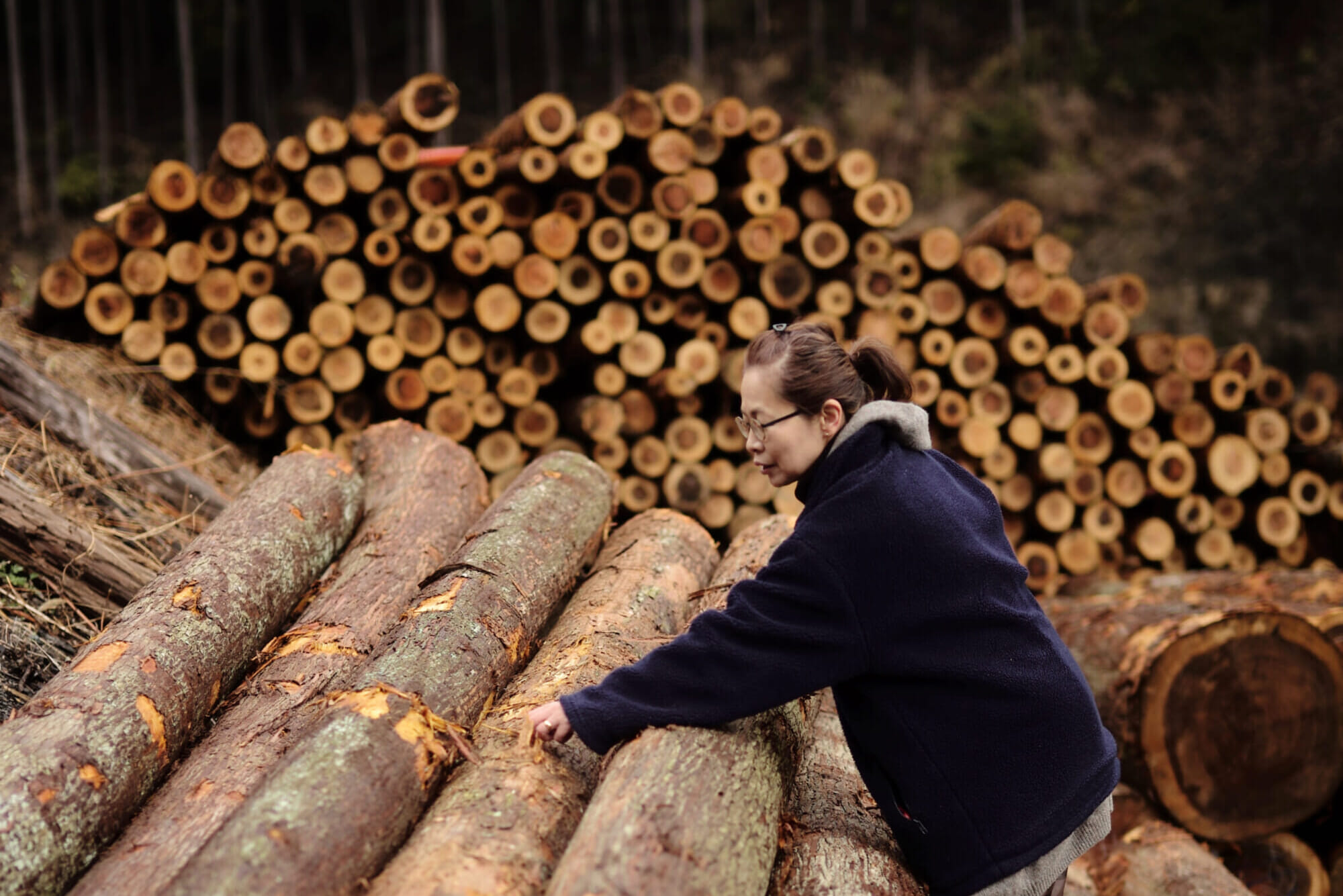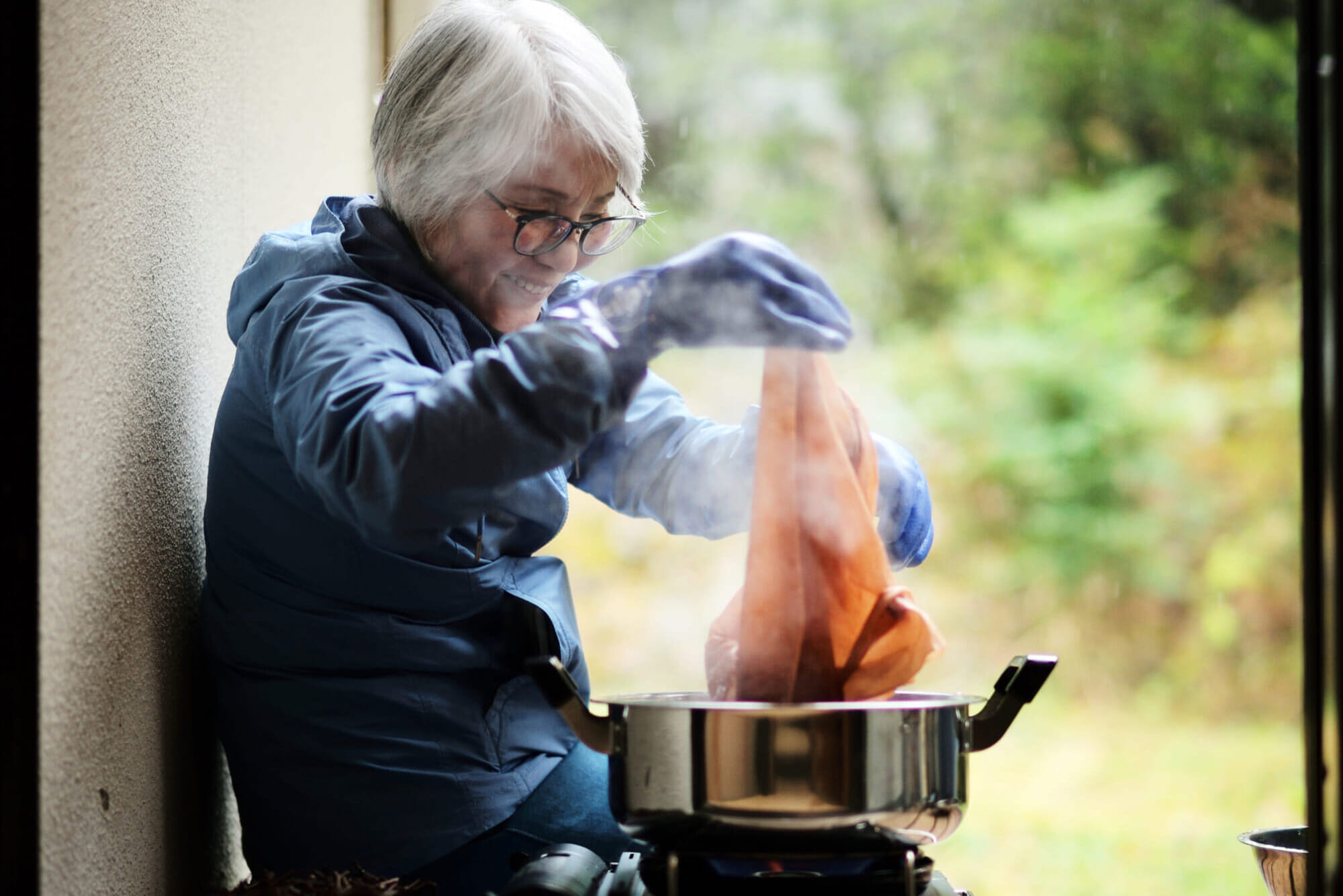Reaching Kamikatsu requires venturing deep into Shikoku, Japan’s smallest main island, and then deeper still into Tokushima Prefecture. The town, a one-hour drive from the nearest city, is home to roughly 1,400 residents — and zero garbage trucks. This is because Kamikatsu does not accept any garbage from anybody. Instead, the town sorts its waste into a whopping 45 categories for recycling. Only a small amount of unrecyclable waste ends up incinerated or in landfills. This impressive system of waste management has garnered the small town a lot of serious attention, and in the years since the system was implemented over 20 years ago, Kamikatsu has gained the international reputation of being Japan’s first zero-waste town.
As interesting as waste and recycling can be, however, you may wonder if it’s worth the effort to travel all that way to admire a system not available to you upon returning home. After all, even if you wish to recycle as thoroughly as the residents of Kamikatsu, you won’t have the opportunity to do so without the support of your local government.
There is great value in a visit to Kamikatsu, however, to learn about circularity and sustainable practices. Make the trip, immerse yourself in the town’s model of sustainability, several aspects of which are introduced below, and let the town and its residents inspire you to do great and sustainable things. The trip may prove itself positively transformative.
Learning from Locals
One of the best ways to experience Kamikatsu, or life in the Japanese countryside in general, is through the Inow program. Inow, pronounced “eno,” focuses on raising sustainability consciousness through direct experiences and provides customizable itineraries to match each participant’s interests. Guests from various backgrounds — from professionals like chefs, designers and architects to educational institutions like universities and high schools to individual travelers and families with kids — participate in the Inow program to rekindle a lost connection with nature, or perhaps even a lost connection with themselves and with one another. In fact, the Inow program’s name comes from the word “inow,” which means “to return home” in the local dialect.
Taking part in one of Inow’s offerings will see you engage in an aspect of daily life alongside local residents, allowing you the chance to fully immerse yourself in a lifestyle where self-reliance and a slower pace are the norm. Programs can last for a few days or a few hours depending on how much time you have, and the activities provided will vary based on the season. For example, you can learn about organic farming and food production, cooking using seasonal ingredients and traditional recipes or composting and permaculture.
As nature is an intrinsic part of the program, you’ll find yourself immersed in Kamikatsu’s great outdoors, and the mountains ubiquitous in the region will be your playground. Hiking can be enjoyed year-round, while in summer, you can swim and fish in the rivers that snake through the valleys. You can also try your hand at indigo dyeing, a traditional craft of Tokushima. Anyone who believes the countryside has nothing to offer will surely be singing a different tune after spending time in Kamikatsu with Inow.
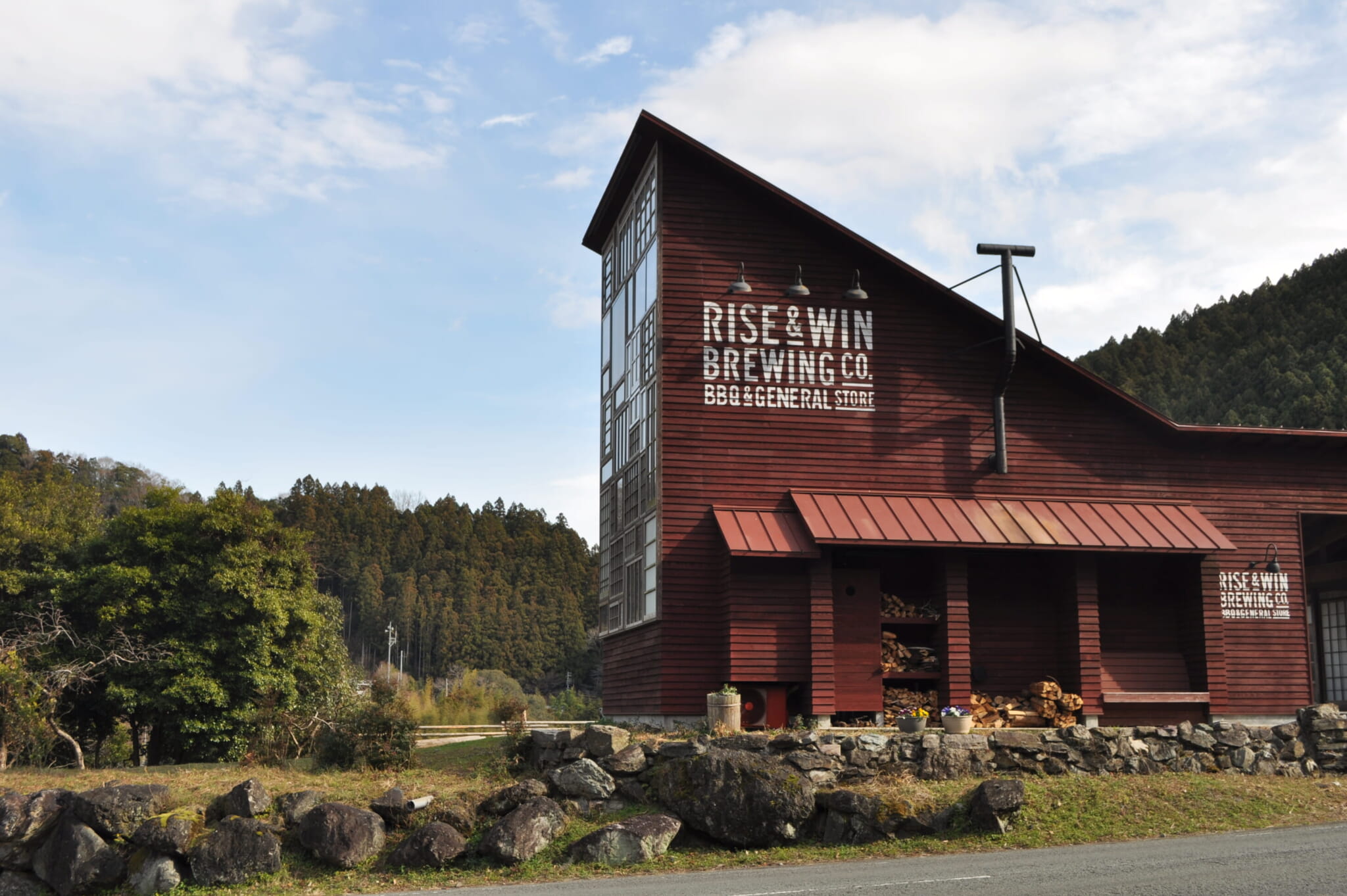
A Different Kind of Responsible Drinking
A common misconception about the countryside is that it lacks the cool bars and trendy restaurants that are easily found in cities. It often comes as a surprise to visitors, then, that the Rise & Win Brewing Company, a craft beer brewery that doubles as a restaurant and a general store, calls Kamikatsu home and makes delicious beer using ingredients sourced right in town.
Open since 2015, Rise & Win, whose name is a direct translation of the two kanji used to write Kamikatsu in Japanese, works hard to live up to the town’s zero-waste ethos. By making beer using hyper-local ingredients, including yukou, a hybrid citrus fruit said to originate in Kamikatsu, and Awa bancha, the local post-fermented tea that’s existed in the region for over 800 years, the brewery shows it knows how to get creative with nearby resources.
To further boost its sustainability credentials, Rise & Win has gone circular with its reRise project, which sees the brewery turn waste products from beer production — for example, malt residue and high-concentration waste liquids from yeast and hop residue — into a liquid fertilizer that is then used in barley fields to increase crop sweetness and prevent pests from infesting the barley. The barley grown is then used to make more beer, creating a circular economy where before there was only waste. With reRise and its other initiatives, Rise & Win is showing that conscious consumption is possible when we care about every step of the production process, rather than just focusing on the end product.
The brewery’s dedication to circularity is visible in its approach to decor as well, something that you’ll notice at the Rise & Win Taproom, which boasts chandeliers made of bottles and shelves made of reclaimed wood. Beyond allowing you a look at the sustainable interior design, a visit will give you the chance to sample the brewery’s delicious beer. One sip and you’ll know for certain that a focus on sustainability can go hand in hand with producing a quality beer.
Spinning a Burden into Beauty
Looking at Kamikatsu’s lush mountainous landscape, you’d be hard-pressed to detect the dark secret lurking within the forests carpeting the mountainsides. Japanese cedar (sugi) has caused enormous ecological damage across Japan since being planted in dense forests in a bid to boost Japan’s economy by creating a marketable resource.
When prices spiraled, the tree farms were neglected, and vast swathes of land were left covered in trees with shallow roots that hold less water in the earth and that are easily felled by stormy weather and landslides. The trees also block sunlight, preventing undergrowth from flourishing, and produce heaping amounts of pollen that cause hay fever.
One company in Kamikatsu, however, is turning lemons into lemonade, or at least problematic trees into textiles. By transforming the fragrant trees into thread and creating fabric from it, Sugitoyama, started by Kumi Sugiyama, has found a creative solution to a hard problem — and made something beautiful in the process. In fact, Sugitoyama products harness Japanese cedar’s beneficial characteristics, such as its antibacterial properties and its ability to dry quickly. Both of these qualities lend themselves well to the very comfortable socks produced by the company.
In addition to its foot-friendly signature product, Sugitoyama also makes handkerchiefs and face towels. It even sells cedar thread in a variety of naturally dyed colors so you, too, can get creative and make your own treasures. If that’s not enough, you can join a workshop at Sugitoyama Kanda Atelier, a new space that opened just this year that offers visitors the chance to learn how to make tassels and other items or experiment with natural dyeing.
Updated On September 8, 2023

